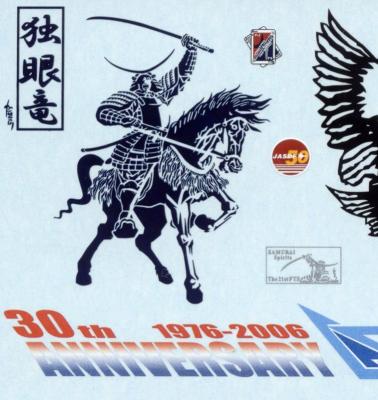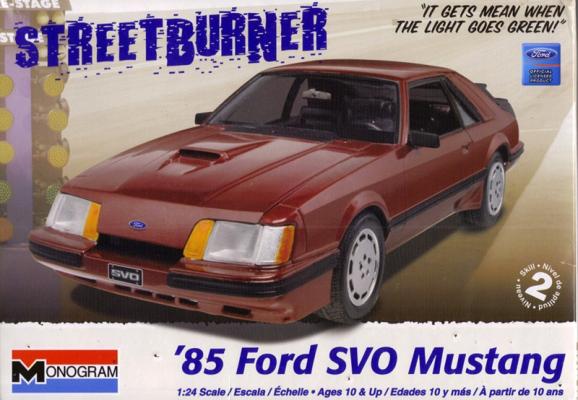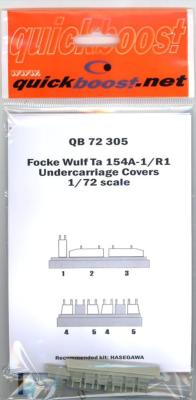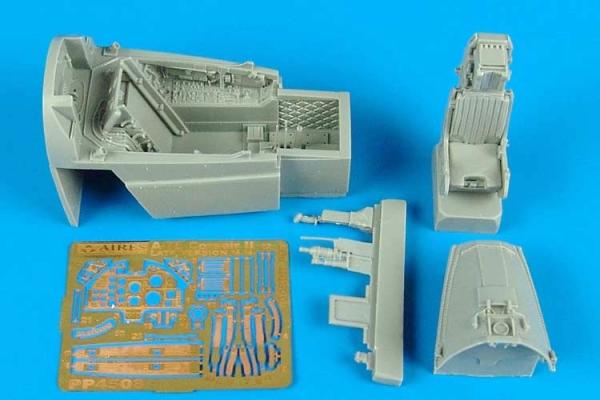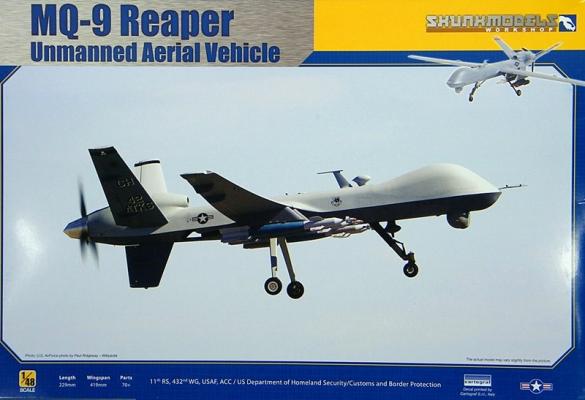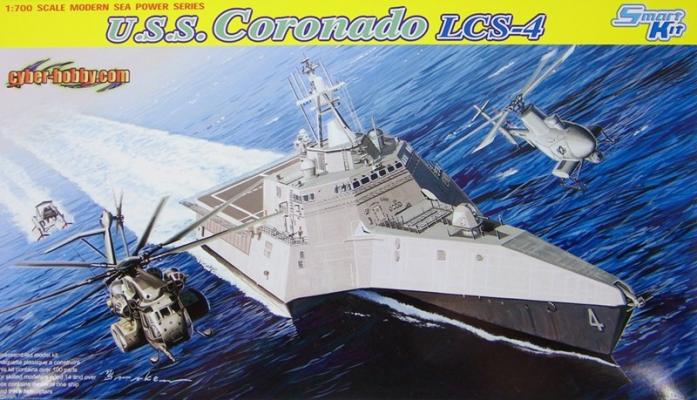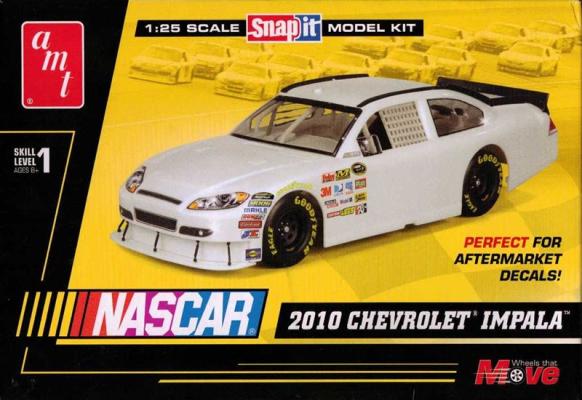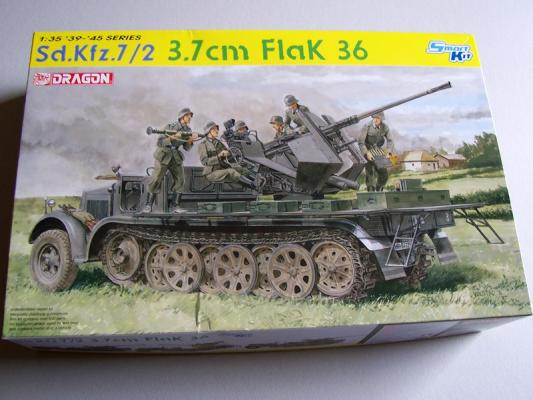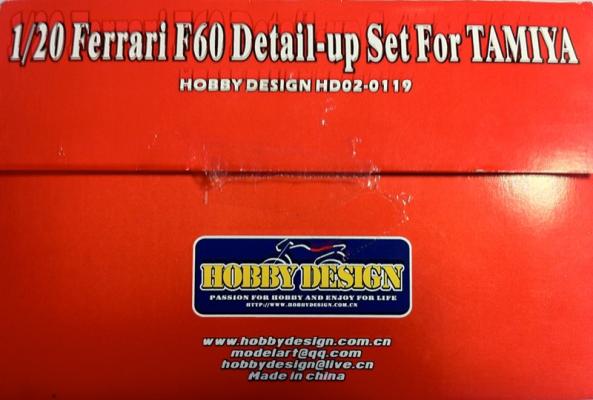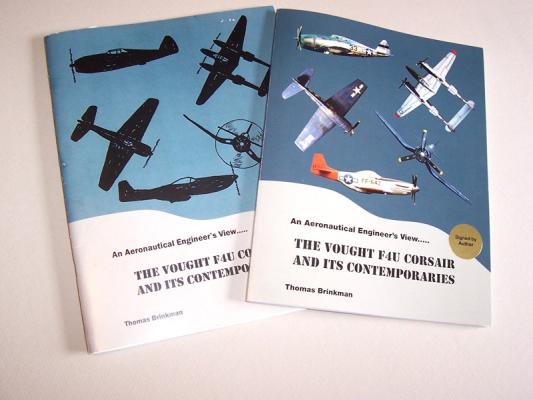Among modern aircraft modelers, if they want colorful and interesting paint schemes the aircraft of the Japanese Air Self Defense Force (JASDF) have always delivered. One of the most attractive, and sleek looking aircraft is the Mitsubishi F-2. Having origins within the FSX program in the late 1980’s, it was birthed out of a cooperative effort with Lockheed Martin after selecting the F-16 as a basis for study into a new support fighter. It wasn’t until the mid 2000 that flight test were concluded and delivery started in September of the same year. With a 25% larger wing, longer fuselage, advanced avionics, and 11 hard points it is a F-16 on steroids and provides the JASDF with a 21stcentury fighter and trainer.
What's New
The Ford Motor company unleashed the Mustang SVO (Special Vehicle Operations) in 1984, continuing the marque through 1986. The goal was to produce a sporty and fast Mustang while delivering relatively good gas mileage for the era. Powered by a 2.3 Litre 4 cylinder “Lima” engine originally found under the hood of Pintos, Ford put their money where their claims were. The little Lima was given its muscle (205 HP) with the help of an intercooled turbo-charger; other interesting goodies found on the SVO were a Hurst shifted close ratio 5-speed gear box, Koni designed and supplied suspension, Recaro seats and a bi-plane rear wing unique to the little Mustang that could and did.
The Kit:
Quickboost just keeps adding to their great line of quality resin aircraft accessories. The latest addition is for the Hasegawa Focke Wulf TA-154 A-1/ R1. It is up to their usual standards; molded in grayish resin, smooth, seamless and bubble free. They come off of the mold block easily; I just cut the doors loose with my sprue cutters.
The doors that come in the Hasegawa kit are okay but just lack the level of detail that the Quickboost covers have. The Hasegawa instructions have you cut the edges of the doors. Quickboost has already made these cuts for you. The Quickboost covers are superior and add just that much more realism to the finished kit. The resin parts are very easy to install and can be used on any other brand kit that is similarly molded.
The Product
The Aires set arrived in the standard blister pack we all have come to recognize. The multimedia mix includes cast resin pieces in varying shades of gray finely cast and flawless they are beautifully done, my sample came with a couple broken pieces from the delicate control stick and was easily repaired. The photo etch instrument panel fret also includes seatbelts and other fiddly bits all renderings are very nice. Topping off the mix is the infamous Aires acetate sheet with the printed dial faces.
Bottom Line
The instructions are well thought out pointing out where modifications are required. This mainly consists of removing raised detail and thinning the plastic. This may seems old school to a lot of us modelers but remember fundamentals are what make a great model. All in all this is a great improvement over the Hobby Boss parts and is well worth the time and effort needed for a proper fit.
General Atomics’ MQ-9 Reaper was conceived and birthed as a super-sized version of the MQ-1 Predator, which had met with great success in the time-critical-targeting (TCT) role in the late 1990’s and early part of this century. Despite Predator’s utility in the TCT role, it was limited by the size, quantity and diversity of payload it could deliver, as well as by limited range and service ceiling. As a result, “Predator B” was developed to leverage the success of the “Predator A” design, while minimizing development time, risk, and cost. The final product was a weapons system capable of carrying 3,750 pounds (an increase of nearly 800%), including GBU-12 Paveways and GBU-38 JDAMs, in addition to AGM-114 Hellfires, and a 50% increase in range and altitude. Given the significant increase in capability over the legacy Predator design, the MQ-9 was redesignated “Reaper.”
USS Coronado, scheduled for commissioning in October 2012, is an Independence-class littoral combat ship (LCS). Designed by Lockheed-Martin and constructed by General Dynamics-Bath Iron Works, Coronado is the second of her class, and features a high-speed trimaran hull and reconfigurable mission bays tailored to specific mission profiles.
Introduced mid-season 2007, NASCAR’s “Car of Tomorrow” (COT) hit the track in an effort to improve driver safety, decrease operating cost, and level the proverbial playing field between the monster multi-car teams and the smaller race teams competing in the Sprint Cup Series. Although received with skepticism and initial contempt by some drivers, the “wing thing” proved to be a more rugged, reliable, and measurable machine than its predecessor. With COT’s arrival, manufacturer’s body styles settled in around 4 core models: Chevy Impala, Ford Fusion, Dodge Charger, and Toyota Camry.
History and Performance
The Encyclopedia of German Tanks of World War Two, by Chamberlain, Doyle and Jentz, show that 319 Sd. Kfz. 7/1 fitted with quad 2 cm FV38 were produced until October 1944, and 123 Sd. Kfz. 7/2 fitted with 3.7 cm FlaK 36 were produced until February 1945. This review addresses the latter vehicle. These vehicles were issued to FlaK units of the Luftwaffe.
I scoured many of the personal library references and found very few images of these vehicles. Nonetheless, this looks like a very interesting build.
This detail set if for Tamiya's new F1 F60 car kit. It incorporates three frets of etched metal parts. The fret for the wing and aerodynamic body parts is relatively heavy, which should make these parts more resistant to breakage and warping as well as being more in scale. The other detail parts on the two remaining frets are of lighter material, not brass, but seem to be a light steel or perhaps aluminum alloy. As a nice touch, a Bridgestone tire painting template is included which would be useful for many other kits that do not include pre-painted Bridgestone tires.
Editor: This review updated 24 July 2011 with book author's e-mail address corrected
This is the 6th edition of this publication, published in 2010 and printed in May 2011. I reviewed the 5th Edition, published in January 2009. For those of you who may have missed the previous review I will include some of the original comments in this updated review.
When the previous An Aeronautical Engineer’s View….The Vought F4U Corsair and its Contemporaries first arrived for my review I scanned through the pages and the only picture I found was that of the author. I need reference pictures, lots of pictures, of the Corsair, wheel wells, the cockpit, details, markings and so on. I thrive on line drawings. Nonetheless I had an obligation to review the publication, and the only way to do that was to read it.

